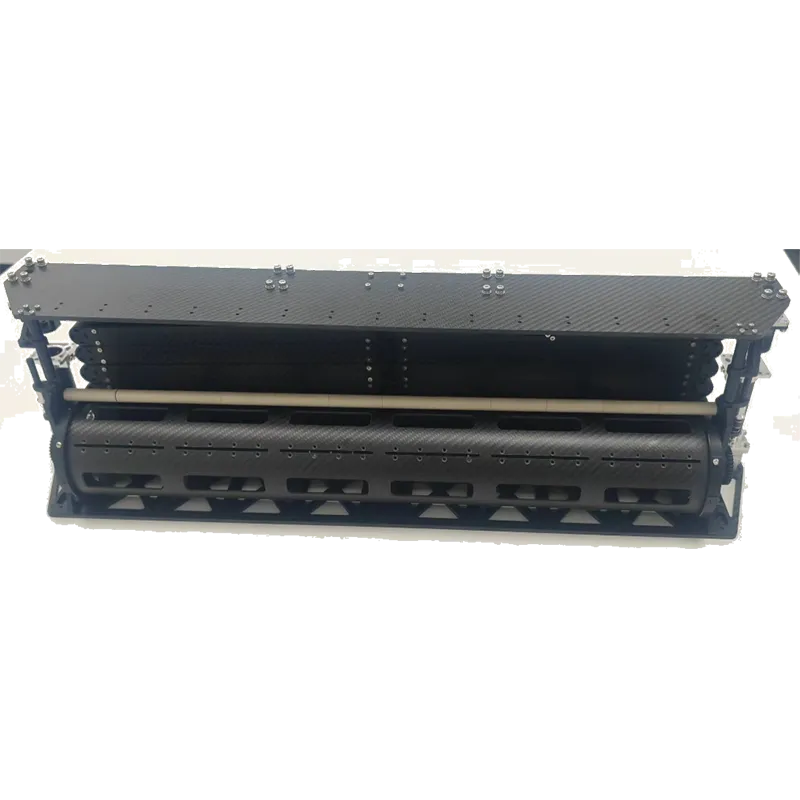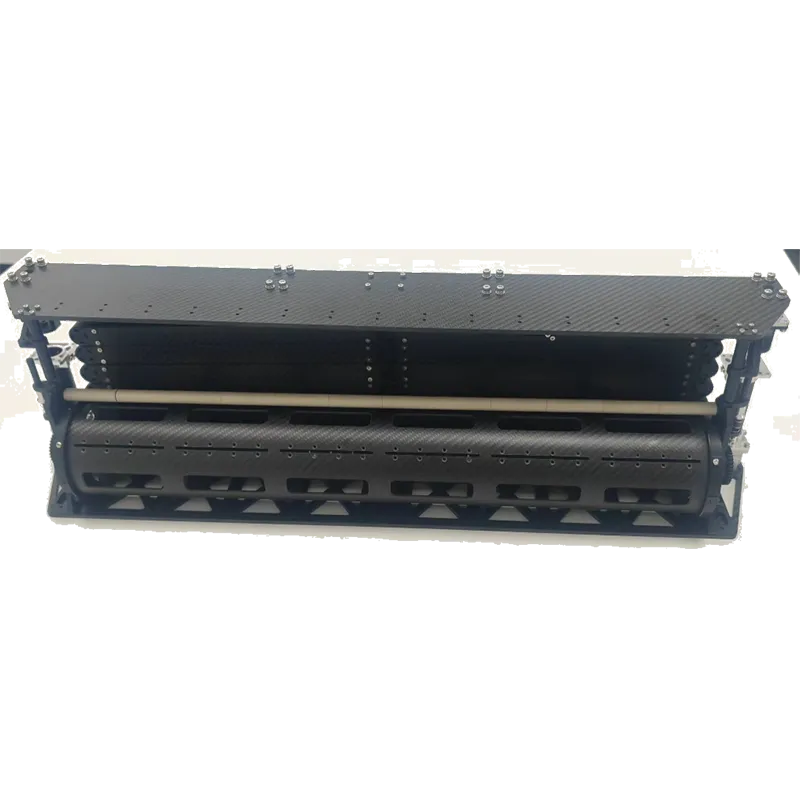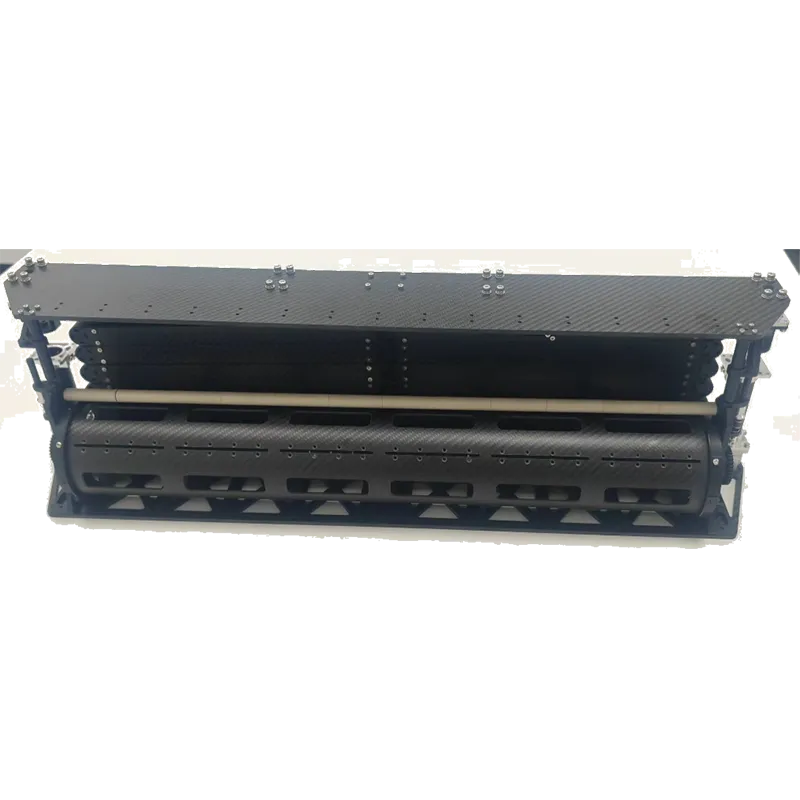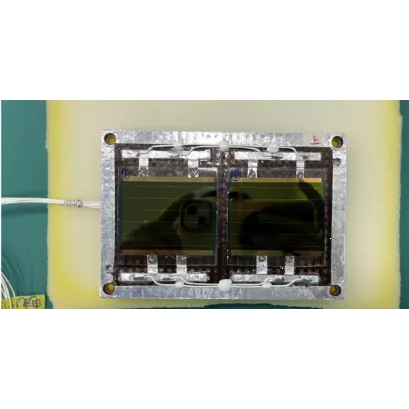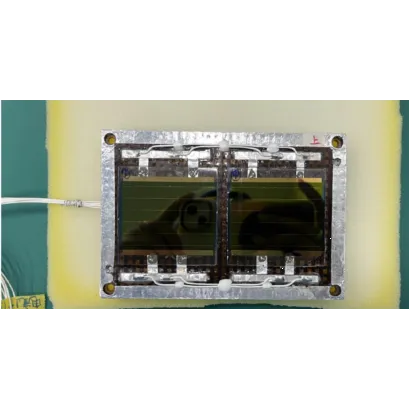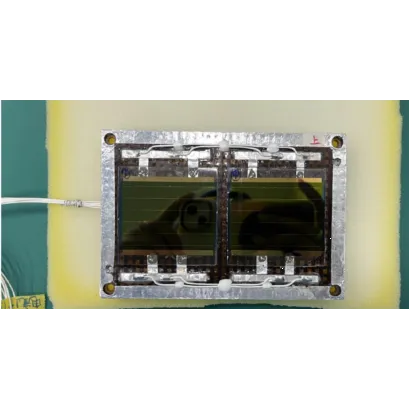
- umAfrika
- Isi-Albania
- Isi-Amharic
- Isi-Arabhu
- Isi-Armenian
- Isi-Azerbaijani
- Isi-Basque
- IsiBelarusian
- Isi-Bengali
- Isi-Bosnia
- IsiBulgaria
- IsiCatalan
- Cebuano
- China
- IsiCorsican
- IsiCroatia
- IsiCzech
- IsiDanish
- IsiDashi
- IsiNgisi
- Isi-Esperanto
- Isi-Estonian
- IsiFinnish
- IsiFulentshi
- IsiFrisian
- IsiGalicia
- IsiGeorgia
- IsiJalimane
- isiGreki
- IsiGujarati
- IsiCreole saseHaiti
- IsiHausa
- isi-hawaiian
- IsiHebheru
- Cha
- Miao
- IsiHungary
- Isi-Icelandic
- igbo
- Isi-Indonesian
- i-irish
- IsiNtaliyane
- IsiJapane
- Isi-Javanese
- Isi-Kannada
- kazakh
- I-Khmer
- OwaseRwanda
- IsiKorea
- IsiKurdish
- IsiKyrgyz
- Umsebenzi
- IsiLatini
- Isi-Latvian
- IsiLithuanian
- Isi-Luxembourgish
- IsiMacedonian
- Isi-Malagasy
- Isi-Malay
- Isi-Malayalam
- IsiMaltese
- IsiMaori
- IsiMarathi
- IsiMongolia
- eMyanmar
- IsiNepali
- IsiNorwegian
- IsiNorwegian
- Isi-Occitan
- Isi-Pashto
- isiPheresiya
- IsiPolish
- IsiPutukezi
- IsiPunjabi
- IsiRomania
- IsiRashiya
- IsiSamoa
- IsiScottish Gaelic
- IsiSerbia
- IsiNgisi
- IsiShona
- Sindhi
- IsiSinhala
- IsiSlovak
- IsiSlovenian
- eSomalia
- ISpanishi
- IsiSundanese
- IsiSwahili
- IsiSwidi
- IsiTagalog
- Isi-Tajik
- IsiTamil
- IsiTatar
- Isi-Telugu
- IsiThai
- IsiTurkey
- IsiTurkmen
- Isi-Ukraine
- Isi-Urdu
- Isi-Uighur
- Isi-Uzbek
- IsiVietnamese
- Isi-Welsh
- Usizo
- Isi-Yiddish
- IsiYoruba
- Zulu
Perovskite Solar Panels for Sale: The Future of Clean Energy
Perovskite solar panels are quickly gaining traction in the renewable energy market due to their potential to revolutionize solar power. These innovative panels are made from perovskite materials, which are a group of compounds known for their unique crystal structure and ability to absorb light efficiently. As the global demand for clean energy solutions increases, the role of perovskite solar panels has become more significant, offering a more affordable and efficient alternative to traditional silicon-based solar cells.
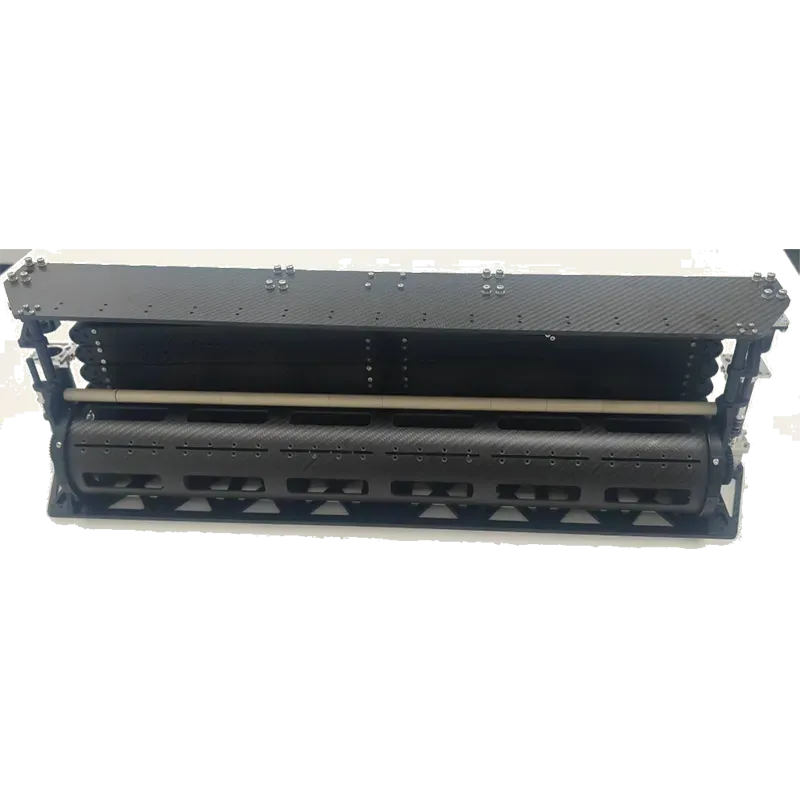
In this article, we will explore the advancements in perovskite solar technology, the benefits of perovskite-based solar cells, and the promising future of perovskite solar panels for sale in the market. The world of solar energy is evolving, and perovskite solar cells are at the forefront of this transformation.
1. The Advantages of Perovskite Solar Panels
Perovskite solar panels are changing the game in terms of efficiency, cost-effectiveness, and ease of production. Unlike traditional solar panels, which are often made from silicon, perovskite solar cells are manufactured using cheaper and more abundant materials. This opens the door to mass production, which can significantly lower the cost of solar energy systems.
One of the key advantages of perovskite solar panels is their impressive energy conversion efficiency. These panels are known for their ability to convert sunlight into electricity more efficiently than traditional silicon-based panels. This is largely due to the perovskite material's ability to absorb a broader spectrum of light, which increases the overall energy output.
Another significant benefit of perovskite solar technology is its flexibility. Unlike rigid silicon-based panels, perovskite solar panels can be produced on flexible substrates, making them ideal for applications in a wide range of environments. From rooftops to portable solar devices, the versatility of perovskite solar cells is expanding the possibilities of solar energy use.
2. The Role of Organic and Inorganic Perovskite Solar Cells
The development of organic-inorganic perovskite solar cells has sparked interest due to their potential for high efficiency and stability. Organic perovskite solar cells combine organic materials with inorganic perovskite compounds, resulting in a more flexible and lightweight product. These cells have the potential to be used in a variety of applications, from small devices to large-scale solar farms.
On the other hand, inorganic perovskite solar cells are composed entirely of inorganic materials, which offer enhanced stability and durability compared to their organic counterparts. While organic perovskite solar cells have a high power conversion efficiency, they are more prone to degradation when exposed to moisture and heat. In contrast, inorganic perovskite cells have superior resistance to environmental factors, making them more suitable for long-term outdoor use.
Both types of perovskite-based solar cells are a step forward in solar technology. The combination of organic and inorganic materials in perovskite solar cells offers the possibility of high-efficiency cells that can be manufactured at lower costs, contributing to the accessibility of clean energy.
3. Commercial Applications of Perovskite Solar Cells
The commercial viability of perovskite solar cells is one of the key areas of focus for researchers and manufacturers alike. Commercial perovskite solar cells are being developed to meet the growing demand for affordable and efficient solar power. These cells are expected to play a crucial role in the solar energy industry, especially as the cost of traditional solar panels remains relatively high.
One of the most promising applications of perovskite-based solar technology is in the field of building-integrated photovoltaics (BIPV). With the ability to produce flexible, lightweight, and high-efficiency solar panels, perovskite solar cells can be integrated directly into building materials such as windows, roofs, and facades. This could lead to the widespread adoption of solar energy in residential, commercial, and industrial buildings.
In addition, perovskite solar panels are increasingly being used in conjunction with other types of renewable energy systems, such as wind and hydroelectric power. As the global energy market shifts towards a more sustainable future, perovskite solar cells are expected to play a key role in creating hybrid energy systems that can provide consistent and reliable power from renewable sources.
The Future of Perovskite Solar Panels
The future of perovskite solar panels for sale looks bright, as advancements in material science and manufacturing techniques continue to improve the efficiency and durability of these cells. The ongoing research into perovskite-based solar cells is paving the way for next-generation solar technologies that can be deployed on a larger scale.
In addition to improvements in performance, the cost of manufacturing perovskite solar panels is expected to decrease as the technology matures. This will make perovskite solar cells even more accessible to consumers and businesses, accelerating the global transition to clean, renewable energy.
With their high efficiency, low production costs, and potential for mass adoption, perovskite solar panels are set to play a key role in the future of solar energy. As more countries invest in renewable energy infrastructure, perovskite solar technology will be at the forefront of the shift towards sustainable power generation.
Lesi isihloko sokuqala






